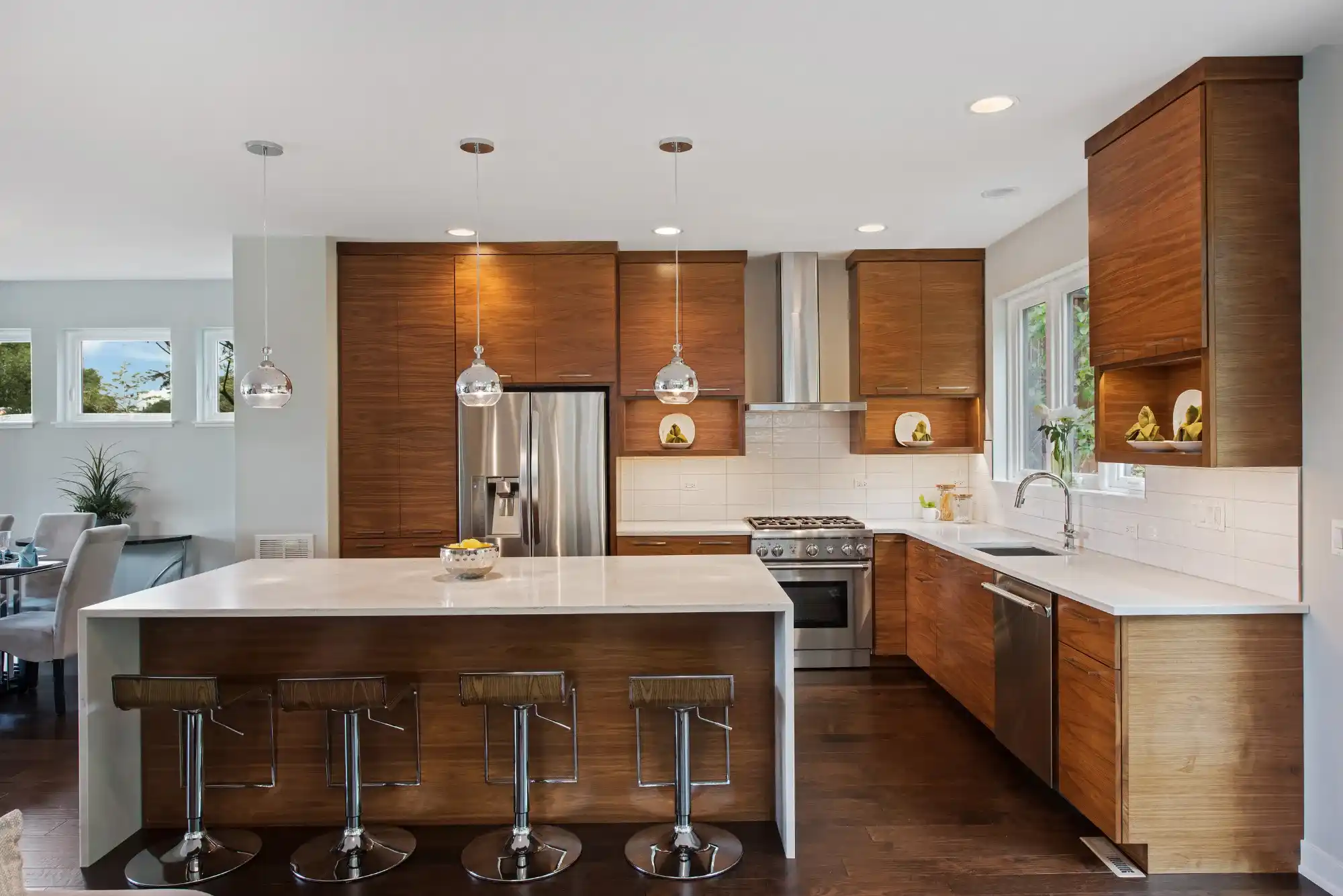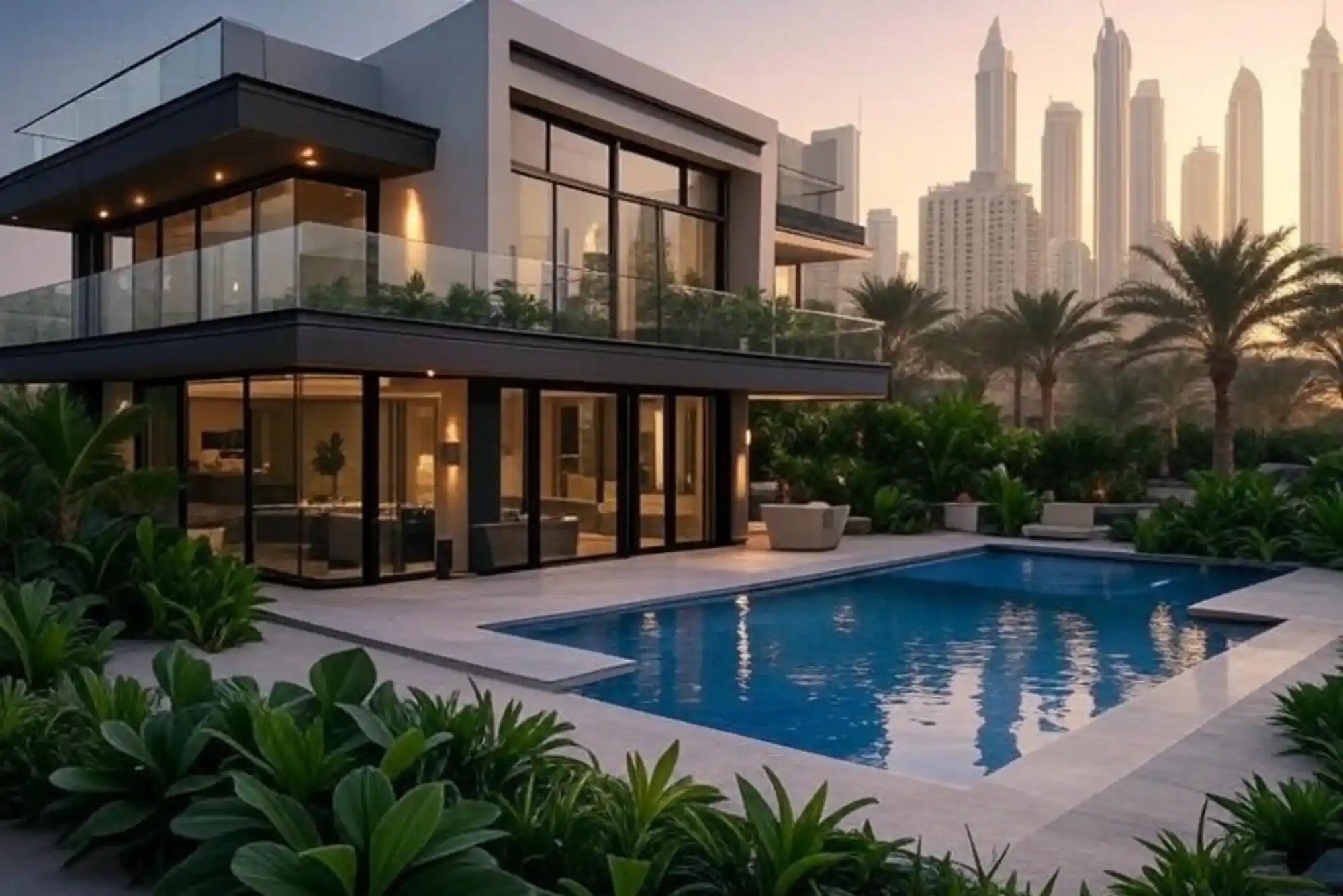Outdoor dirty kitchens are a fantastic addition to any home, providing a dedicated space for messy cooking tasks while keeping your indoor kitchen clean. Whether you’re an avid grill master or love hosting outdoor gatherings, a well-designed outdoor dirty kitchen can enhance your culinary experience. Here are some design ideas to inspire you.
Define the Purpose of Your Outdoor Dirty Kitchen
Before diving into the design, determine the primary purpose of your outdoor dirty kitchen. Will it be used for grilling, prepping food, or cleaning dishes? Defining the purpose helps in choosing the right layout, appliances, and materials.
Key Considerations:
- Cooking Needs: Will you be cooking full meals or just handling dirty tasks like cleaning fish or prepping vegetables?
- Appliance Choices: Consider outdoor-friendly appliances like grills, sinks, and refrigerators.
- Cleaning Requirements: Ensure the space is easy to clean and maintain.
Choose the Right Location
Location is crucial when designing an outdoor dirty kitchen. Ideally, it should be close to your indoor kitchen for easy access to supplies and ingredients. At the same time, it should be placed in a spot that won’t interfere with your outdoor dining or lounging areas.
Tips for Location:
- Proximity to the Indoor Kitchen: For convenience, keep the dirty kitchen close to the main kitchen.
- Ventilation: Ensure proper ventilation, especially if you’ll be grilling.
- Water Access: Easy access to water is essential for washing dishes and cleaning up.
Select Durable Materials
Outdoor kitchens face harsh weather conditions, so choosing durable materials is vital. Opt for materials that can withstand rain, sun, and temperature fluctuations while remaining easy to clean.
Recommended Materials:
- Stainless Steel: Ideal for countertops and appliances due to its rust-resistant properties.
- Concrete: Durable and easy to clean, concrete works well for countertops and flooring.
- Weather-resistant Cabinets: Choose cabinets made from treated wood or metal to resist the elements.
Incorporate Functional Storage

Storage is a key element in any kitchen, and your outdoor dirty kitchen is no exception. Incorporate functional storage solutions to keep your cooking tools, utensils, and cleaning supplies organized.
Storage Ideas:
- Shelving Units: Open shelves for easy access to frequently used items.
- Cabinets: Weatherproof cabinets to protect items from the elements.
- Hooks and Racks: Great for hanging utensils, pots, and pans.
Install a Sturdy Sink Area
A sturdy sink is essential in an outdoor dirty kitchen for washing vegetables, cleaning dishes, and more. Consider installing a deep sink with ample counter space around it for prepping and cleaning.
Sink Installation Tips:
- Choose a Durable Material: Stainless steel or granite composite sinks are great options.
- Opt for a High Faucet: A high-arc faucet provides flexibility when washing large pots or prepping bulky items.
- Ensure Proper Drainage: Good drainage is crucial to avoid water buildup.
Plan for Efficient Waste Disposal
An outdoor dirty kitchen should have an efficient waste disposal system to manage food scraps and trash. Consider integrating a waste bin or composting area within the kitchen design.
Waste Management Ideas:
- Built-in Trash Bins: Keep trash bins hidden but accessible within cabinetry.
- Composting Area: If you garden, a compost bin nearby can turn food waste into valuable compost.
- Recycling Station: Encourage recycling by providing separate bins for recyclables.
Add Shelter and Shade
Adding shelter or shade to your outdoor dirty kitchen makes it usable in various weather conditions. A roof, pergola, or retractable awning can protect you from the sun and rain, making the kitchen more functional year-round.
Shelter Ideas:
- Pergola: Adds style and provides partial shade.
- Roof Extension: Extending your home’s roof can create a more permanent shelter.
- Retractable Awning: Offers flexibility by providing shade when needed and retracting when not in use.
Focus on Lighting and Ventilation
Good lighting is essential for evening use, while proper ventilation ensures smoke and cooking odors don’t linger. Focus on both aspects to create a comfortable and functional space.
Lighting and Ventilation Tips:
- Task Lighting: Install bright lights over work areas for nighttime cooking.
- Ambient Lighting: Use softer lighting to create a cozy atmosphere.
- Ventilation Hoods: If you’re grilling, a ventilation hood can help manage smoke.
- Fans: Ceiling fans can keep air circulating and add comfort on hot days.
Personalize with Decor and Accessories

Lastly, personalize your outdoor dirty kitchen with decor and accessories that reflect your style. From colorful tiles to decorative planters, small touches can make your kitchen an inviting space.
Personalization Ideas:
- Decorative Backsplash: Add color and personality with a tiled backsplash.
- Outdoor Rugs: Use weather-resistant rugs to define the space and add comfort.
- Planters and Greenery: Incorporate plants for a fresh and lively atmosphere.
Designing an outdoor dirty kitchen involves balancing functionality with style. By considering the location, materials, storage, and essential features like sinks and waste disposal, you can create a practical and attractive space. Personalize it with your choice of decor and enjoy the benefits of a dedicated outdoor cooking area. For more information or assistance with your outdoor kitchen, contact us here.















